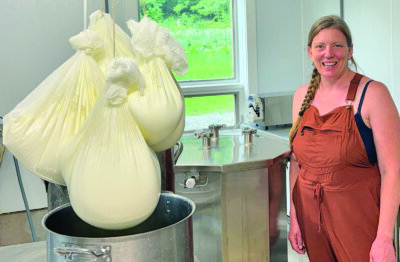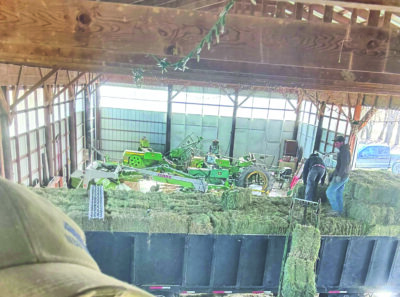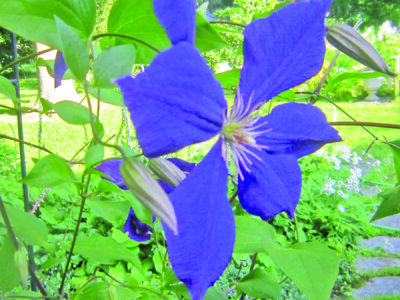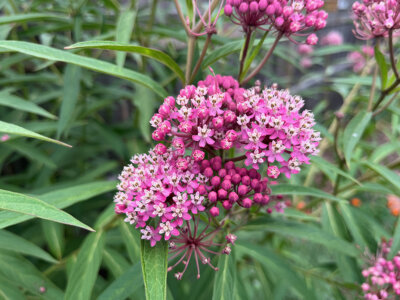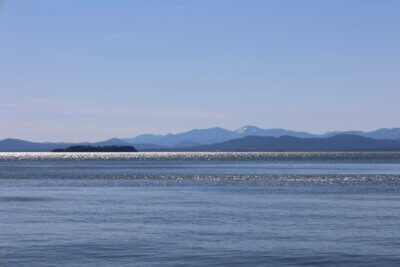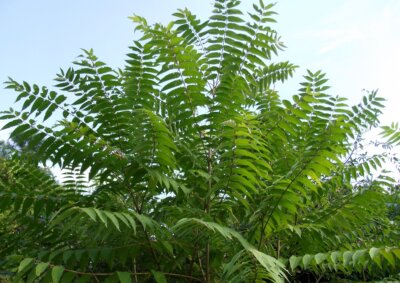What is an old-growth forest?
On a highly-altered landscape, the idea of an old-growth forest is captivating to many. But what are old-growth forests? And why do they matter?
Definitions vary. Some would say that the only true old-growth forests are primary forests — the tiny fraction that have never been extensively altered by humans, or by humans of European descent. Others would say that an old-growth forest is any forest that is old and has escaped extensive disturbance for a long period of time, usually at least several centuries. Others would say that a forest becomes old-growth when it attains late-successional characteristics, the suite of traits common to many older forests. These characteristics include multiple generations of trees (what I call “multi-generationality”), some big, old trees and lots of dead wood on the forest floor.
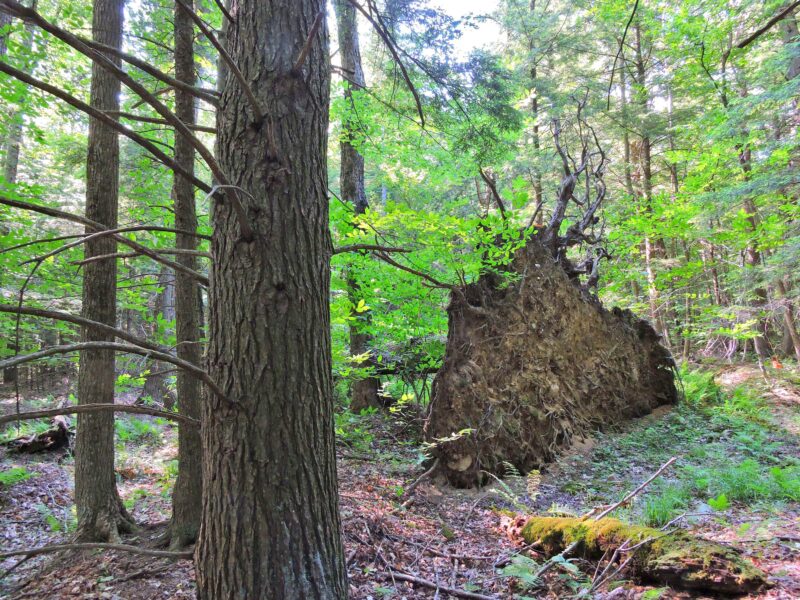
By any definition, most people have never seen an old-growth forest in Vermont, or anywhere in eastern North America. Unless you specifically seek out one of our few remnant old-growth forests, a walk in Vermont’s woods will carry you through an area that was a field or a clearcut within the last 150 years, and probably as recently as the 1960s. The vast majority of Vermont’s forests are just 60-100 years old — just at the beginning of their centuries or millennia-long journey towards old-growth.
While old-growth forests once covered more than 90 percent of Vermont, today the number is closer to 0.1 percent, perhaps 1,000 acres in total.
What are old-growth forests like? While they are defined by their irregularity and their variability (and so are difficult to make generalizations about), old-growth forests, whether they are primary or just old, often feature those late-successional characteristics mentioned above. While the most obvious of these is big, old trees — but not a lot, often just 10-12 per acre — old-growth is equally characterized by multi-generationality, by tons of dead wood on the forest floor, by a canopy filled with gaps, by deep, well-developed soils.
Interestingly, while many people imagine that old-growth forests are peaceful and easy to appreciate, these qualities make them seem incredibly “messy,” chaotic, even jarring, to most.
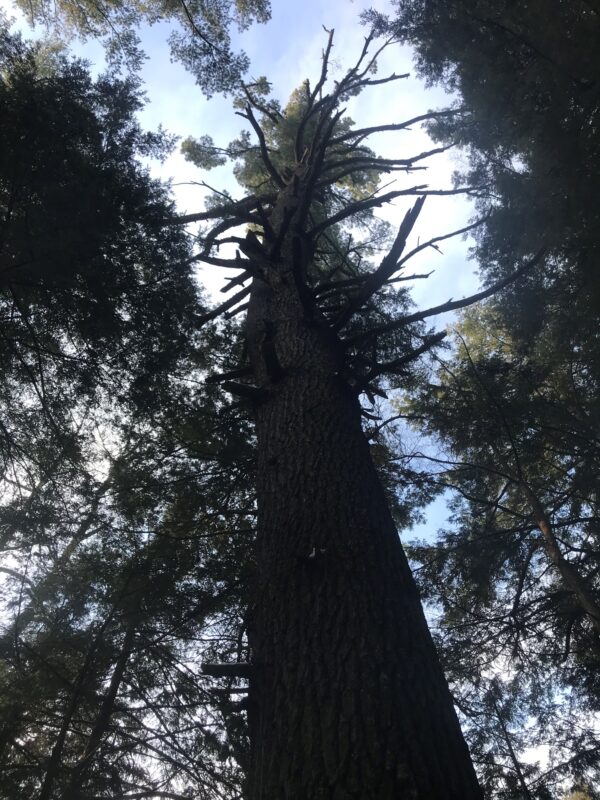
From an ecological perspective, old-growth forests are not just valuable because they’re old; they’re valuable because of these characteristics. On a landscape that was once dominated by old-growth, the characteristics mentioned above are the conditions to which our native flora and fauna have adapted for thousands of years. Each of these characteristics supports vital natural processes and provides important habitats for wildlife; and all are woefully underrepresented on our modern landscape.
The rareness and uniqueness of old-growth forests has convinced some people that the best thing for our forests is just to leave them alone. Unfortunately, this is not so. While we should certainly protect all existing old growth forests and set aside some unmanaged reserves, we need to acknowledge that our forests are facing an apocalyptic array of threats and stressors: they have been cleared and exploited; have lost native species and had non-natives introduced; are simultaneously navigating a climate crisis, a biodiversity crisis, and a mass extinction event. Many, if not most, of our forests have been altered to an extent where they will likely never become old-growth without our help. Of the forests that may someday become old-growth on their own, this process will likely take two or three centuries, leaving our planet and our biodiversity to suffer in the meantime.
While we say “Not In My Backyard” to local forest management, forests, including old-growth forests, will be exploited across the world to feed our need for resources, forcing peoples and ecosystems elsewhere to bear the cost of our consumption. As we pretend that the beauty and the importance of old-growth means that we should leave every forest unmanaged, our forests and the biological communities that they support will continue to suffer without our help.
To me, old-growth forests are a call to action. At a time when old-growth is more needed than ever before, we can use forest management to create old-growth characteristics, and the myriad habitats and benefits that they provide, in decades rather than centuries. We can do so while protecting biodiversity, sequestering and storing carbon, producing local, renewable resources, and supporting a vibrant and just local and global economy. To me, this is a far greater tribute to old-growth than leaving every forest alone.
(Ethan Tapper is the Chittenden County Forester for the Vermont Department of Forests, Parks and Recreation. See what he’s been up to, check out his YouTube channel, sign up for his eNews and read articles he’s written)
Related Stories
Popular Stories
If you enjoy The Charlotte News, please consider making a donation. Your gift will help us produce more stories like this. The majority of our budget comes from charitable contributions. Your gift helps sustain The Charlotte News, keeping it a free service for everyone in town. Thank you.
Andrew Zehner, Board Chair




